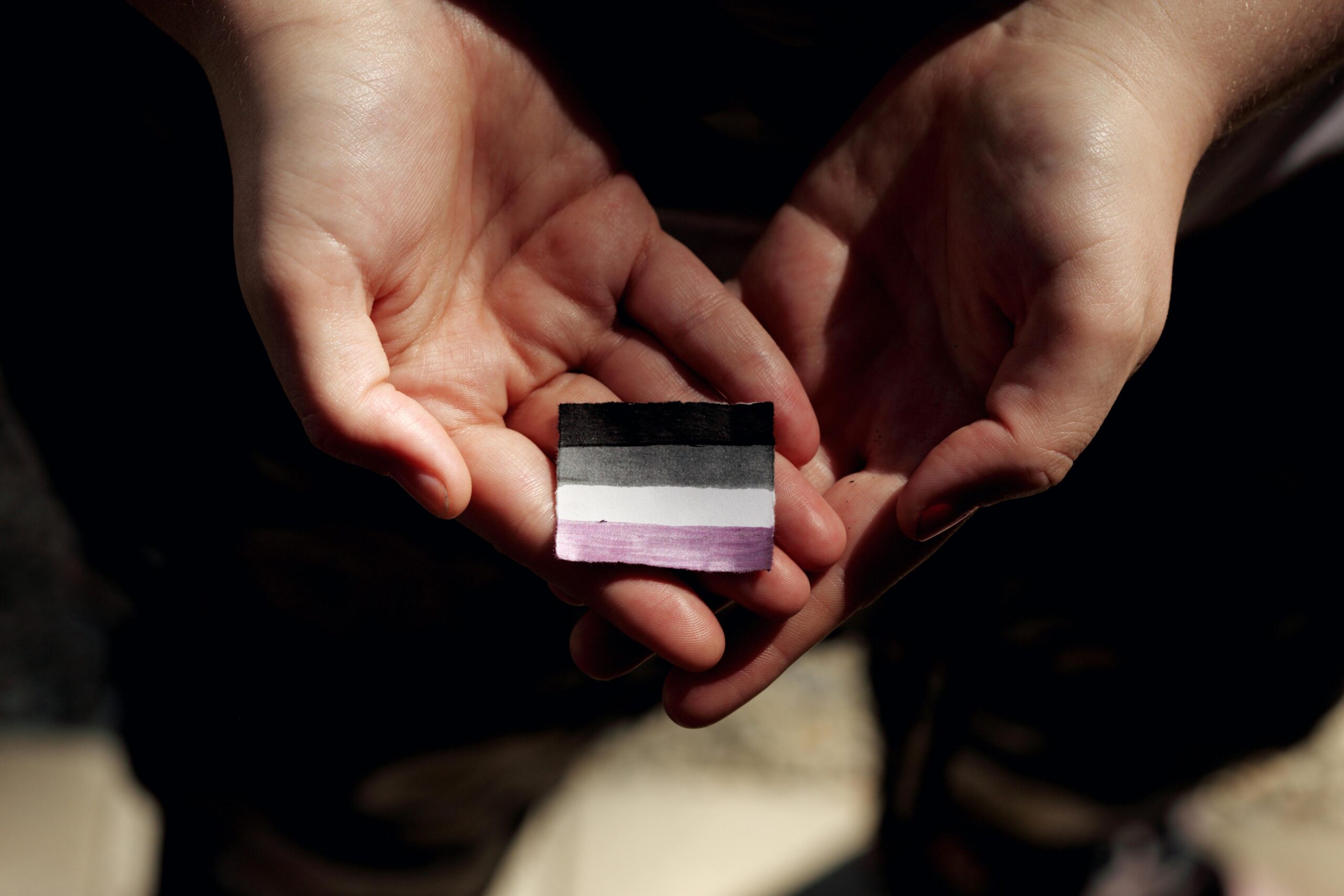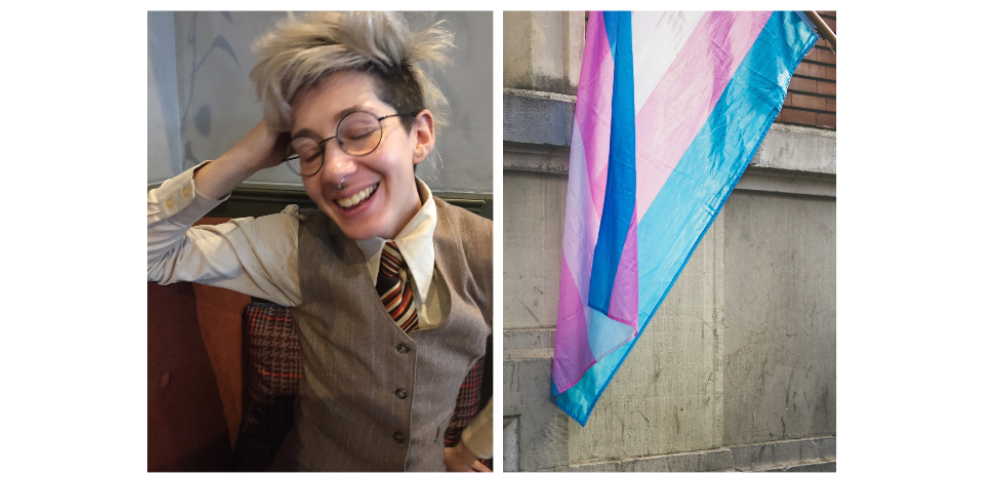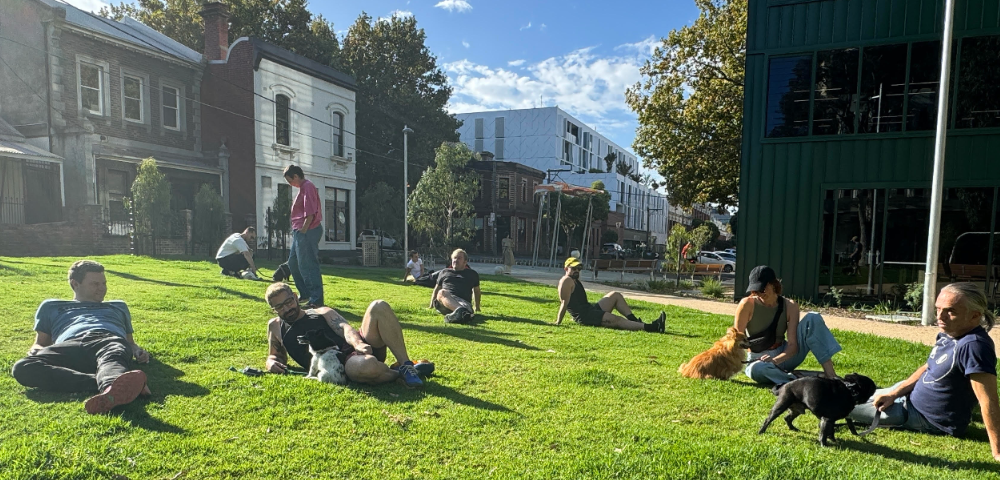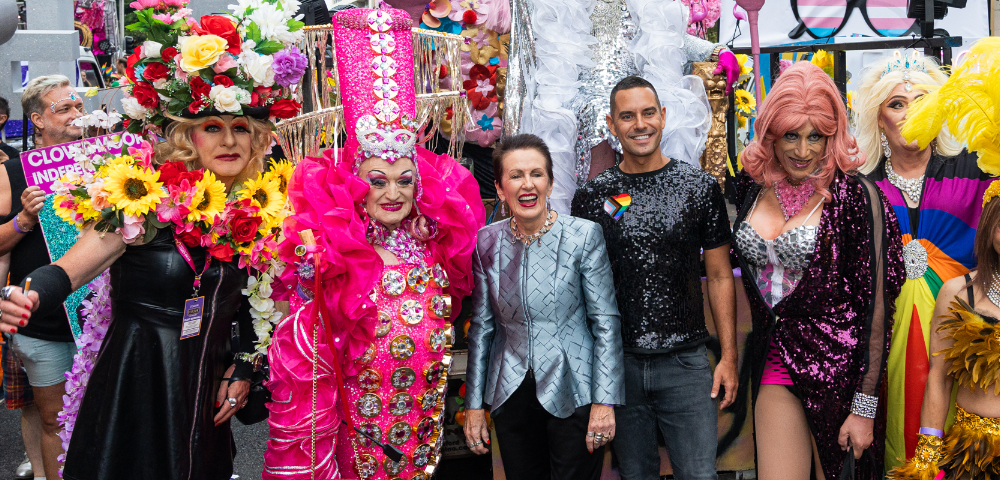
One of the more interesting things to come out of the release of the reports into the nation’s sexual health yesterday is the new challenge posed to educators by younger LGBTIs increasingly moving into society’s mainstream.
The less prejudice young LGBTIs experience on coming out, the closer their bonds with heterosexual friends and family, the less they feel a need to remould themselves to conform to a ‘gay ghetto’.
But not having the same connection to community that gays and lesbians felt in the ’70s, ’80s and ’90s means younger LGBTIs may not be receiving community knowledge about STIs from generations who lived through the AIDS epidemic.
While being more exposed to heterosexual standards around safe sex, they may be harder and harder to reach in terms of targeted information for HIV educators.
It’s something I’ve seen in my own life. When I came out I lost none of my relationships with close friends, nearly all of whom were straight guys and with whom I still share most of my tastes in music, drinking spots and popular culture.
For me it’s been homonormativism (the expectation that I will be and want particular things just because I am same-sex attracted) not heteronormativism that has been the bigger challenge and I’ve often used the shorthand of explaining to people that I am biologically, not culturally, gay.
A heterosexual friend was recently shocked to learn from me that you can be infected with HIV for as many as seven to 10 years without showing obvious signs of having AIDS. But with my social circle, would I have even known that had I chosen a different career?
Combine that lost knowledge and messages you may pick up about unprotected sex if your social circle is predominantly heterosexual, and it’s not surprising that some guys may underestimate the dangers of chancing sex without a condom or not testing every six months if they are having casual sex.
To get the message across to younger LGBTIs who are increasingly moving into spaces where previous generations would have feared to tread poses a big challenge.
How do you get vital information to people whose consumption of LGBTI media may be sparse and would rather tap away on Grindr than step into a gay bar because they won’t hear their choice in music?
Part of meeting that challenge may be diversifying the entertainment offered in gay venues — not everyone wants to listen to handbag pop and dance music.
That’s why club nights like Sydney’s Swagger hip-hop party and Melbourne’s indie rock night Orlando are such breaths of fresh air.
The more venues and party promoters cater to younger LGBTIs’ diversifying tastes, the more reasons they’ll have to spend time in their community. Nothing beats meeting a cute stranger on a night out and already knowing they’re gay — and you can’t do that at a straight bar.










I’m sorry, but I disagree with the author. From my perspective the problem isn’t that young gays aren’t getting the same-sex message. We have more sex education in schools than ever before. We have the Internet and public good campaigns to point out infection rates. There are even banner ads on hookup sites encouraging safe-sex.
What is unpleasant for us to hear is that the problem is that we’ve stopped caring. We have ‘assimilated’ the risk of HIV and other STIs into our lives. For instance: how many people died of AIDS last year? How many died of SARS? Why did everyone want a face-mask? Because it was a new risk that we had no sense of.
As a species we underestimate familiar risk and over-estimate novel risk. Another example of this is how many people are afraid of flying compared to those afraid of driving?